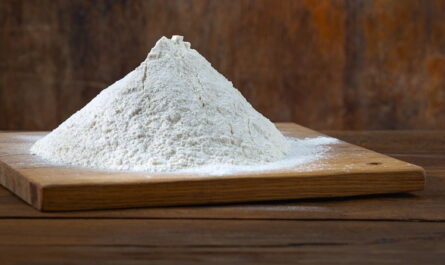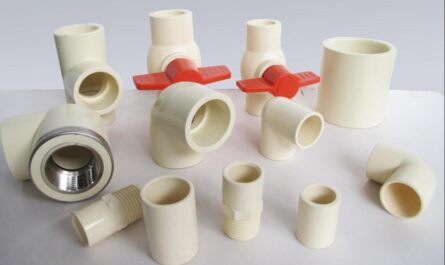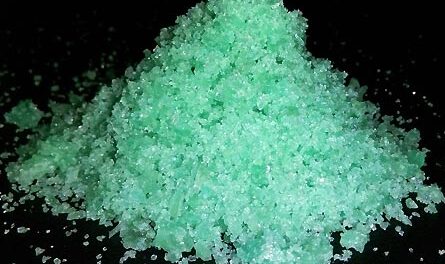Acid Pickling Roll: A Critical Process in Steel Manufacturing
Introduction
The process of acid pickling plays a crucial role in steel production and manufacturing. Acid pickling involves immersing steel or iron in a bath of acidic solutions to remove rust, mill scale and oxides from the metal surface. This preparation step is important before subjecting the metal to processes like galvanizing, tinning or enameling. Let’s take a deeper look at the acid pickling roll process.
What is Acid Pickling?
Acid pickling involves cleaning and chemically activating the surface of steel or iron using acidic solutions. The main objectives of this process are:
– Removing rust, mill scale and other oxides: Rust forms when iron reacts with oxygen and moisture in the air. Mill scale is a layer of oxides that forms on the steel surface during hot rolling process. Acid pickling helps remove these unwanted layers.
– Surface activation: The acid etches the steel surface at a microscopic level which activates and cleans it. This provides better adhesion for subsequent coatings.
– Uniform quality: Acid pickling roll ensures a consistent, contaminant-free surface essential for downstream processes like galvanizing.
Common Acids Used
Different types of acids are used for pickling depending on the required activation and cleaning. Some commonly used acids include:
– Hydrochloric acid: Used for mild steel pickling, it dissolves iron oxides quickly. Provides good surface activation.
– Sulfuric acid: Effective for pickling various steel grades. Has higher oxidation potential than hydrochloric acid.
– Nitric acid: Used for special applications where high oxidation and passivation is required for stainless steel pickling.
Pickling Process in Detail
The typical acid pickling process consists of the following main steps:
1. Pre-cleaning and degreasing: Steel is first cleaned to remove oil, grease and other contaminants using alkaline solutions before pickling.
2. Immersion pickling: Steel is immersed vertically or passed through horizontal tanks containing hot acid solution (40-90°C temperature). Contact time ranges from 30 seconds to few minutes based on steel type and scale thickness.
3. Rinsing: Pickled steel is rinsed thoroughly with overflowing fresh water to remove residual acid before it gets into downstream processes.
4. Passivation: For stainless steel, a passivation step using nitric acid may be carried out to develop a protective corrosion-resistant passive oxide layer.
5. Drying: Finally, pickling tanks are equipped with air knives or rolls to dry the steel surface before coating or storage.
Equipment and Operations
Various types of equipment are used for acid pickling based on the production process:
– Batch pickling: Performed in stationary vertical or horizontal tanks. Steel is loaded/unloaded manually in batches.
– Continuous pickling: Rolling mills employ continuous pickling lines where steel coil passes through pickling sections, rinse sections and drying ovens or tables in a single pass.
– Cold rolling: Pickling of cold rolled steel sheets is carried out in horizontal or vertical pickling lines followed by anticorrosion coating like oiling.
– Electrolytic pickling: An electric current assisted process to accelerate and control pickling by increasing hydrogen evolution. Used for difficult-to-pickle steel grades.
– Belt pickling: Continuous process where steel coil travels through series of pickling and rinse zones arranged as vertical belts. Provides high throughput.
Benefits and Applications
Acid pickling brings several key benefits:
– Superior surface quality: Ensures a clean, oxide-free surface required for high-quality coatings and downstream processes.
– Uniform coating: Activation achieved by acid pickling leads to uniform thickness and adhesion of subsequent metallic coatings like zinc, tin etc.
– Corrosion resistance: Removal of scales and oxides protects base steel from corrosion under coatings. Increases product life.
– Dimensional accuracy: Without pickling, rolled steel dimensions can vary after heat treatment due to uneven scale formation. Pickling improves dimensional tolerances.
– Galvanizing: Acid pickling of steel is an essential pre-treatment step before hot-dip galvanizing which provides corrosion protection to car bodies, appliances, construction etc.
– Tinplate: Pickling of tinplate ensures optimal adhesion of tin coating for packaging steel used in food cans, beverage containers and aerosol cans.
– Other applications: Pickling is also important in processes like pre-painting of steel, nuclear steel manufacturing and more.
Conclusion
In summary, acid pickling plays a pivotal role in cleaning and surface preparation of steel for a variety of end use applications and manufacturing operations. Strict process control and equipment maintenance are necessary to ensure consistent high quality during pickle rolling and handling of hazardous acid solutions. Overall, pickling delivers important benefits for surface finishing, coating and corrosion protection of steel.




